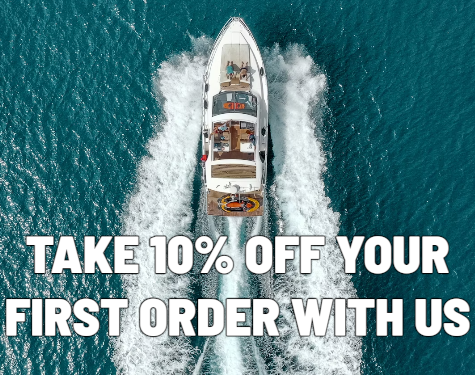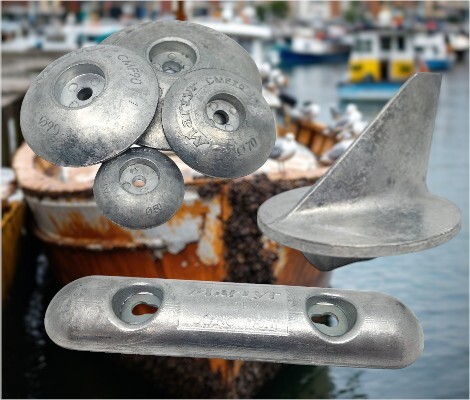How to Choose the Right Propeller for Your Outboard Motor
8th Aug 2025
Why the Right Propeller Matters
Your outboard motor’s propeller plays a critical role in your boat’s performance. The wrong propeller can cause poor fuel efficiency, sluggish acceleration, and even damage to your engine over time. By choosing the right propeller, you’ll enjoy smoother rides, better handling, and improved fuel economy. Our range of Solas propellers has an option for every outboard to outlast and outperform the competition.
Key Factors to Consider
1. Diameter and Pitch
Diameter refers to the distance across the circle the propeller makes, while pitch is the distance the propeller moves forward in one revolution. Larger diameters can help with pushing heavier boats, while a higher pitch increases speed but may reduce acceleration.
2. Number of Blades
Three-blade propellers are the most common, providing a balance between speed and handling. Four-blade options offer better acceleration and grip in the water, especially for watersports or when operating in rough conditions.
3. Material Selection
Propellers are typically made from aluminium or stainless steel. Aluminium propellers are more affordable and ideal for general boating, while stainless steel propellers are stronger, more durable, and better suited for high-performance use.
Matching Your Propeller to Your Boat’s Needs
Fuel Efficiency
If you regularly take long cruising trips, opt for a propeller optimised for lower RPM operation to conserve fuel.
Performance and Speed
For water sports, choose a propeller with a lower pitch for better hole shot and acceleration.
Load and Conditions
If you carry heavy loads or operate in choppy waters, a four-blade stainless steel propeller may offer the control you need.
Additional Considerations
Regular Maintenance
Inspect your propeller regularly for dings, bends, or cracks. Even minor damage can reduce efficiency and put extra strain on your engine.
Propeller Repairs
If your propeller is damaged, in many cases it can be repaired rather than replaced — saving money and maintaining performance. Always use a reputable marine repair specialist.
Propeller Ventilation vs Cavitation
It’s important to understand the difference between ventilation and cavitation. Ventilation occurs when surface air or exhaust gases are pulled into the propeller blades, reducing their ability to “bite” the water. Cavitation, on the other hand, happens when water boils around the blades due to low pressure, forming bubbles that collapse and can damage the propeller surface. Both issues can affect performance and may be caused by incorrect propeller selection or setup.
Impact of Gear Ratio
Your outboard motor’s gear ratio plays a crucial role in determining the right propeller pitch. Engines with higher gear ratios may require lower-pitch propellers to achieve the correct RPM range. Matching pitch with gear ratio ensures optimal performance and prevents unnecessary strain on your motor.
Adjusting for Altitude
Boating at higher altitudes can impact engine performance due to reduced air density. You may need a propeller with a lower pitch to help your engine reach the recommended RPM range in these conditions. This is particularly relevant if you frequently switch between coastal boating and inland lakes at different elevations.
Importance of Hub Design
Modern propellers often feature replaceable hub systems that absorb shock and protect the drivetrain if the propeller strikes an object. Choosing a propeller with the right hub system can make replacements more cost-effective and protect your engine from damage.
When to Keep a Spare Propeller Onboard
A damaged propeller can leave you stranded or significantly slow your trip. Keeping a spare propeller (and the tools to change it) onboard ensures you can get back to shore without relying on a tow. This is a small investment that can save a lot of time and trouble during your boating season.
FAQs
- How do I know if my propeller is the wrong size?
If your engine over-revs or struggles to reach recommended RPMs, your propeller’s pitch may not be correct for your boat. - Can I use a stainless steel propeller on any boat?
Yes, but stainless steel propellers are best suited for higher-powered engines or demanding boating conditions. - How often should I replace my propeller?
With proper care, a propeller can last for years. Replace it when there’s significant wear, damage, or if it no longer meets your performance needs.
For more detailed guidance, check Yamaha’s official outboard propeller selection guide.

 Australian Dollars
Australian Dollars


